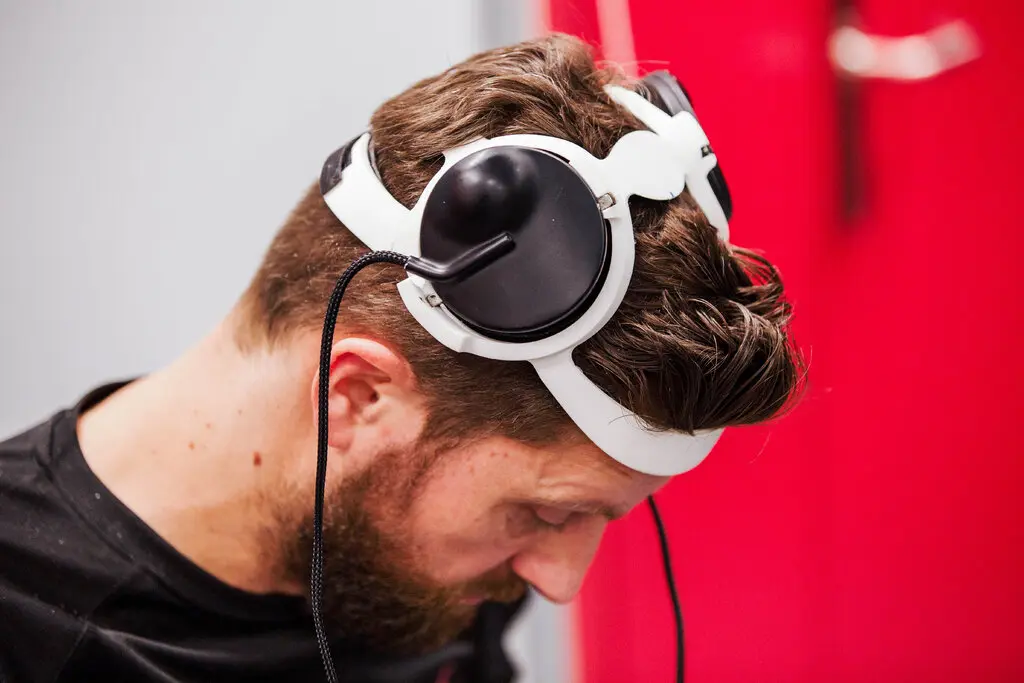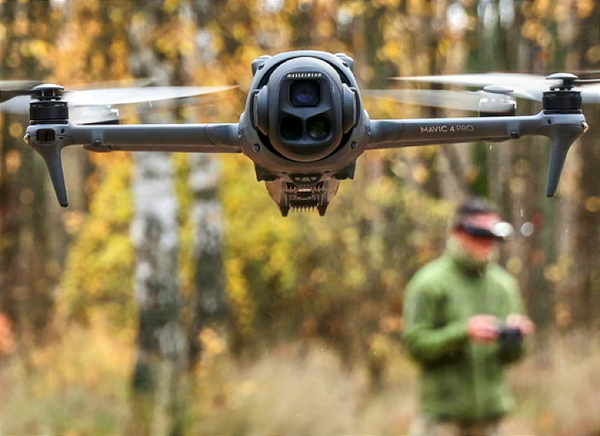Mind-reading AI allows paralyzed man to walk again

Oliver Whang writes for the New York Times: "Gert-Jan Oskam was living in China in 2011 when he was in a motorcycle accident that left him paralyzed from the hips down. In a study published on Wednesday in the journal Nature, researchers in Switzerland described implants that provided a “digital bridge” between Mr. Oskam’s brain and his spinal cord, bypassing injured sections. The discovery allowed Mr. Oskam, 40, to stand, walk and ascend a steep ramp using a walker. The brain-spine interface, as the researchers called it, takes advantage of an artificial intelligence thought decoder to read Oskam’s intentions as electrical signals in his brain and match them to muscle movements."
The worst translation mistake in history led to the Hiroshima bombing

From Carla Estefania: "The National Security Agency in the US declassified a document which points to what is likely to be the worst translation mistake in history. In July 1945, when the allied countries meeting in Potsdam submitted a declaration of surrender terms, the Japanese Prime Minister stated that he had no comment, using the term 'mokusatsu,' which has several interpretations. Media agencies and translators interpreted his use of the term as 'treating with silent contempt,' suggesting that the ultimatum was 'not worthy of comment.' The Hiroshima bomb was dropped ten days later."
Dr. Seuss wrote the book Green Eggs and Ham as part of a bet

Daven Hiskey writes: "Dr. Seuss wrote 'Green Eggs and Ham' on a bet that he couldn’t write a book with fifty or fewer distinct words. The bet was made in 1960 with Bennett Cerf, the co-founder of Random House, and was for $50. Despite Seuss winning the bet, Cerf never paid up. Green Eggs and Ham went on to be Seuss's best-selling work. His first successful children’s book, 'Cat in the Hat,' also was the result of a challenge to write a book in under a certain number of words, a challenge issued by William Spaulding, director of Houghton Mifflin’s educational division."
The cleaning lady who accidentally became the mayor of a Russian town

From Dan Lewis: "As the summer of 2020 came to a close, Nikolai Loktev found himself in an odd position. He was the mayor of a collection of 30 or so tiny villages in Russia, home to just under 250 people, and he was up for re-election, running unopposed. But that was a problem: Russian elections don’t allow for uncontested elections. So Loktev asked Marina Udgodskaya, the woman who cleaned city hall, to be the other candidate, and she agreed. Neither candidate campaigned ahead of the election: no billboards, no flyers, no meetings with voters. And Udgoskaya won in a landslide taking 62 percent of the popular vote."
The long, strange history of the baseball cap

Michael Clair writes for MLB.com: "You could be forgiven for thinking the baseball cap was always there, perched upon humanity’s head from the very first day we walked on the Earth, as eternal as the tallest trees or the deepest ocean. But, of course, that’s not true. In fact, long before baseball caps were the ubiquitous fashion choice for ballplayers, musicians, and Marvel heroes trying to blend in with a crowd, baseball teams didn’t even wear caps. That’s right: Had the game of baseball developed differently, perhaps we’d all be wearing big straw hats with our favorite club’s logo written across the front."
Mushrooms appear to have electrical conversations after it rains

From Russell McClendon at Nature: "In a new study, scientists in Japan found intriguing hints that rain may prompt some fungi to communicate using underground electrical signals. The researchers focused on small, tan mushrooms known as bicoloured deceivers, which they found growing on the floor of a secondary mixed forest. The fungus forms symbiotic relationships with certain plants, including many large trees like oaks and pines. It boosts their supply of water and nutrients in exchange for carbohydrates. Previous research even suggests L. bicolor may lure insects called springtails and kill them with a toxin, sharing the animal's nitrogen with their host trees."
Sea urchins like to wear tiny 3D-printed hats
Massimo writes: "Certain types of sea urchins will pick up a shell with their tube feet and ‘wear’ it, with a behavior known as a 'covering reaction,' mainly because they shy away from light. So aquarium enthusiasts 3D-printed tiny hats and they wear them." (via Snopes)




